Residents in Madrid and eight other municipalities will again be subject to restrictions aimed at stemming the rising number of Covid-19 infections.
“The government has decided to declare a state of emergency… for the next 15 days,” said Health Minister Salvador Illa following an urgent two-hour cabinet meeting called in response to opposition from regional authorities which saw a bombshell court ruling overturn restrictions imposed since last Friday.
“Protecting the health of Madrid's people is absolutely essential,”insisted Illa, saying 66 people had died over the past week and some 500 were “fighting for their lives in intensive care”.
“Patience has a limit,” he said, pointing the finger at Madrid's leadersfor failing to act.
“Measures must be taken to protect the health of the people of Madrid and to prevent this from spreading to other regions.”
Here's the answers to questions about how the new rules impact daily life.
The new order was published on Friday in Spain's Offical State Gazette (BOCM) and provides details on the restrictions.
Which areas fall under the restrictions?
The rules impose restrictions in municpalities with more than 100,000 residents within their jurisdiction if three conditions were met.
The criteria is if the municipality has reported more than 500 cases per 100,000 inhabitants over the previous 14 days; it must have 35 percent or more intensive care beds occupied by Covid-19 patients, and positive results in at least 10 percent of PCR tests.
At the current time, only Madrid capital and eight other municipalities within the Madrid Community meet the criteria, which are the following:
Madrid capital, Alcobendas, Alcorcón, Fuenlabrada, Getafe, Leganés, Torrejón de Ardoz, Móstoles and Parla.
These are the same municipalities that were restricted from last Friday apart from Alcalá de Henares which was removed from the list as its data improved and the cumulative incident rate fell below 500 cases per 100,000.
Para responder a situaciones de especial riesgo por transmisión no controlada del #Covid19, el #CMin aprueba el RD que declara el estado de alarma en 9 municipios de la Comunidad de Madrid:
Alcobendas
Alcorcón
Fuenlabrada
Getafe
Leganés
Madrid
Móstoles
Parla
Torrejón de Ardoz pic.twitter.com/YUSzTYjgxt— La Moncloa (@desdelamoncloa) October 9, 2020
Are residents confined to their homes?
No. Unlike the strict lockdown imposed in March during Spain's State of Emergency, the restrictions are not designed to confine people in their homes.
Instead movement is restricted to within the city limits. But there are exceptions which include leaving or entering the restricted area for reasons of work, study, to care for dependents – such as the elderly or one's children if they live in another home, to seek medical treatment, take an exam or because of a judicial or administrative appointment.
Exceptions are also made for a “force majeure” and for those returning to their “primary residence”.
So schools and work places remain open?
Yes, unless there is an outbreak that requires quarantine, offices and schools remain open and you are allowed to leave or enter a restricted zone if going there.
Can I still go to the shops or to restaurants?
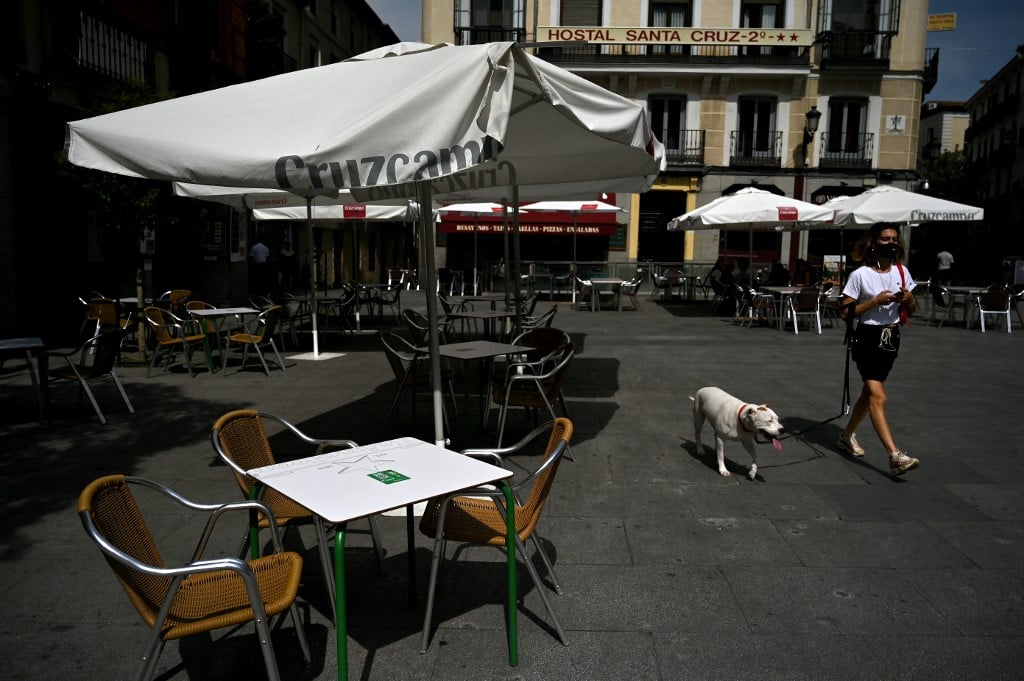
Yes, if they are within the limits of your municipality although shops and commercial premises must reduce their occupancy to 50 percent of the maximum and must close by 10pm.
Restaurants and bars will still be open but with a reduced occupancy of 50 percent and with table service only. But on terraces, that limit is extended to 60 percent of usual occupancy as long as social distancing of 1.5 metres can be observed both between people at the same table and between tables.
Groups cannot exceed six people either in public or in private throughout the whole region, although there are exceptions for work or institutional situations.
Restaurants and bars cannot admit new customers after 10pm and they must close by 11pm.
What about home delivery?
That is allowed with no restrictions.
Is there a limit on groups at home?
Yes. The notice published in the BOE states that gatherings both at home and in public spaces should not exceed six people outside of a working or institutional environment. An exception is made for households that contain more than six people.
Will the parks close?
No mention is made of public parks, gardens or children’s playgrounds being closed in the BOE note.
What about religious sites?
The capacity at religious sites will be cut to one-third and funeral attendees reduced to 15 people in outdoor spaces and 10 indoors.
Are there limits on sports and gyms?
Sports centres and gyms will remain open but limited to 50 percent of capacity indoors and 60 percent outside but classes must not involve more than 6 people all together.
What about cinemas, theatres and cultural activities?
These will remain open but limited to 50 percent of capacity and with social distancing observed.
Will we still have to wear masks?
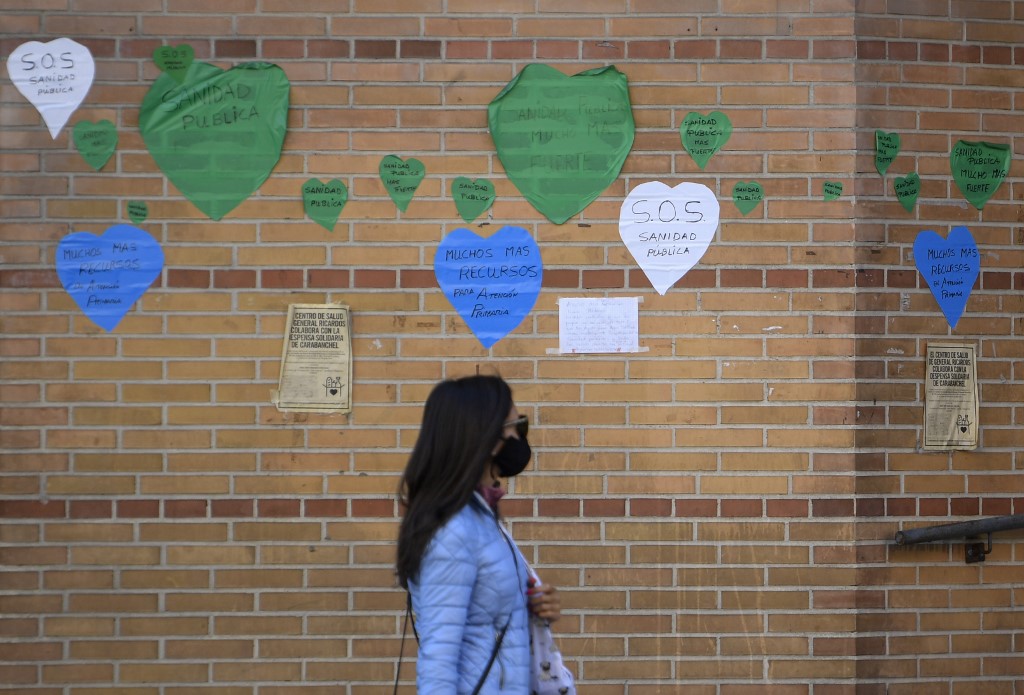
The usual social distancing rules and compulsory mask wearing will remain in place with the same exceptions, which means that when sitting at a table to eat and drink they can be removed.
Can I cross a restricted area?
Traffic will be permitted to pass through the restricted area as long as it is only in transit and its departure and destination points are outside of the restricted zone.
Will public transport be running?
Yes. And you will be allowed to transit a restricted area using public transport as long as your departure and destination points are outside of the restricted zone.
Can I go my second home, a casa rural or a day trip to the countryside?
Unfortunately not, unless it happens to be within the same municipality! That means no weekend trip to the pueblo for a nice autumnal walk in the sierra.
Can I leave for the puente?
No. The over-riding message is that the state of emergency was declared to prevent a mass exodus of people from the city over the three day bank holiday weekend.
Anything else?
The notice has the recommendation that within a restricted zone, unnecessary movement or trips should be avoided.
How will it be policed?
There will be checkpoints on the main roads leaving the city and at transport hubs that will be policed by some 7,000 members of security forces including local and municipal police, Guardia Civil and Policia Nacional.
Fines can be issued for infractions ranging from €600 to €600,000.
Will we need permits or authorizations?
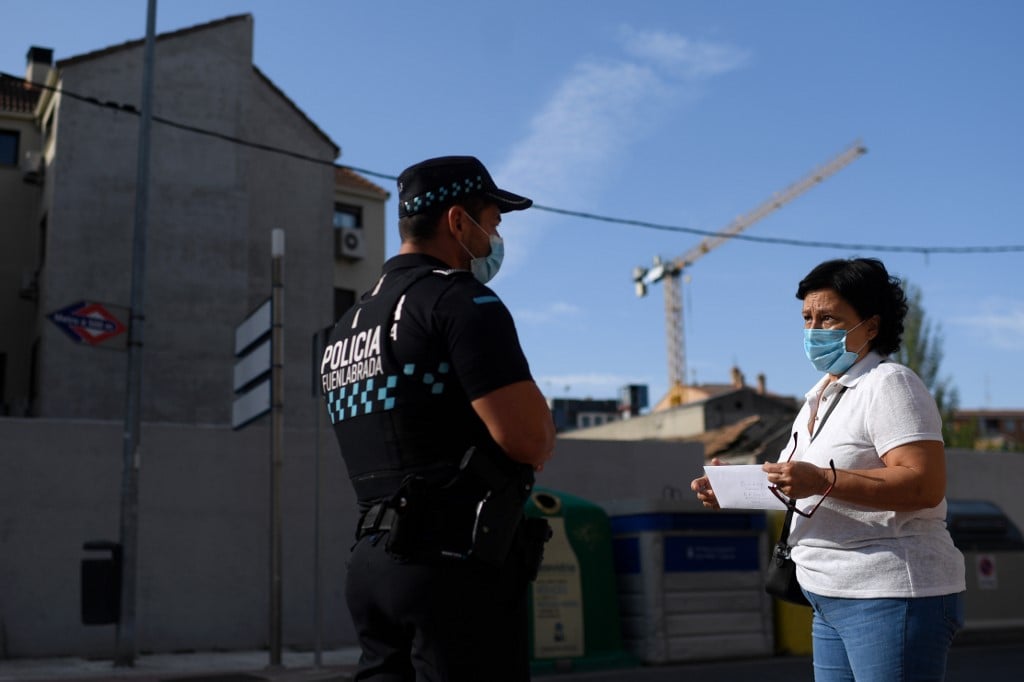
Always carry identification and whatever documentation you can supply to back up your justification for leaving or entering restricted zone should help at a check point.
EXPLAINED: How to prove you need to enter or exit Madrid’s restricted zones
What about the “health zones” that already had restrictions from the Madrid health authorities in place?
Those that are within municipalities that fall under the new order will have to follow the new restrictions that essentially means they can leave their borders of their basic health zones and are now restricted to the borders of the wider municipality.
However, there are three health zones that are not within the 9 restricted municipalities covered in the State of Emergency and they will have the same restrictions applied. These are:
Villa del Prado, Humanes – Moraleja de Enmedio and a health zone in San Sebastián de los Reyes called Reyes Católicos.
How long will it last?
It came into force at 5pm when the order was published on the Offical State Gazette (BOE) https://www.boe.es/boe/dias/2020/10/09/pdfs/BOE-A-2020-12109.pdf and will be in place for 15 days.
To extend it beyond that period, a new order would have to be approved by Spain’s congress.
READ ALSO:

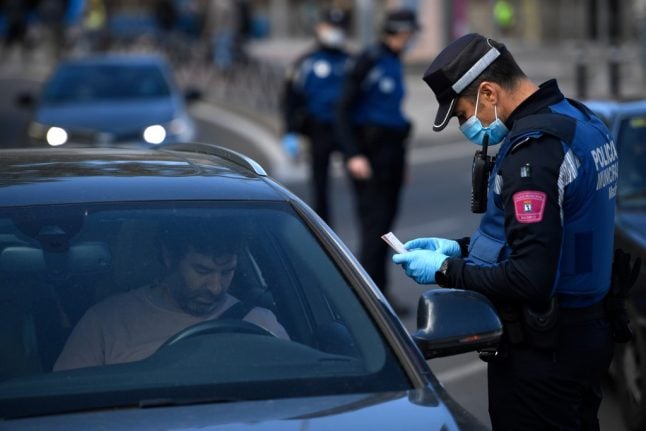
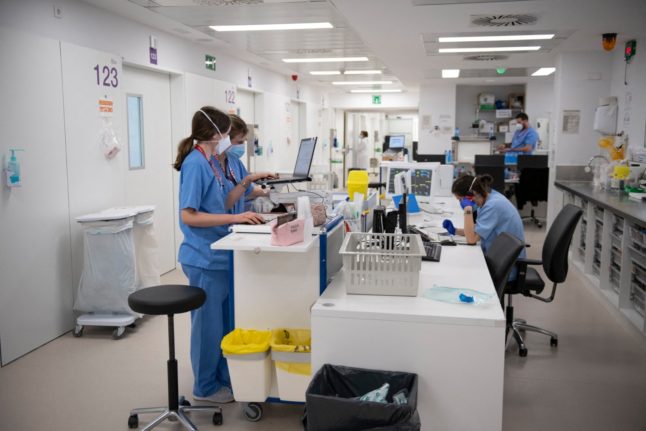
 Please whitelist us to continue reading.
Please whitelist us to continue reading.
Member comments